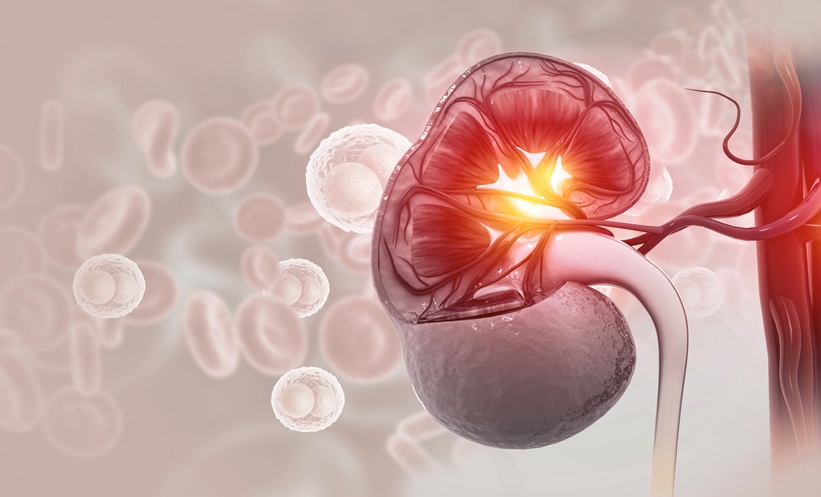BACKGROUND AND AIMS
Bladder symptoms, particularly urinary incontinence and pelvic floor disorders, may seriously impact on quality of life, self-image, partner relationships, and subsequently sexual life.1,2 Urinary leakage can specifically occur during sexual intercourse, formally named ‘coital incontinence’, and thus lead to specific alteration of the sexual life.3,4 Literature reports that incidence of coital incontinence in females who are incontinent can vary between 10% and 66%.5-7 Urinary symptoms and female sexual dysfunction are also a dichotomy that is difficult to analyse and distinguish. Coital incontinence is an under-studied and underestimated condition because patients rarely refer spontaneously to their sexual disturbances.8 For this reason, diagnostic tools would be of fundamental importance, but there are no specific validated questionnaires on coital incontinence.9,10
MATERIALS AND METHODS
The first questionnaire on coital incontinence was presented at the 36th Annual European Association of Urology (EAU) Congress in a press release dated 8th July 2021. The International Female Coital Incontinence Questionnaire (IFCI-Q) aims to evaluate the presence, severity, and type of coital incontinence, and its impact on quality of sexual intercourse. The self-administered questionnaire, with 8 questions, includes specific questions on coital incontinence, concomitant urinary symptoms, quality of life, quality of sexual intercourse, and psychological status issues. Data from sexually active female patients who complained about coital incontinence were collected.
RESULTS
The participants average age was 43.4 years and 26.6% of them had no concomitant urinary symptoms. Thirty-six percent of patients complained about coital incontinence during the orgasm, 33% during penetration, and 30% of women had the combined form. Additionally, 43.3% of the participants complained of overactive bladder symptoms, 23.3% had mixed urinary incontinence, and 6.6% had stress urinary incontinence. Approximately 60% of patients reported that this type of incontinence restricts their sexual activity. The patients who participated completed the self-administered IFCI-Q in 8–10 minutes, and the participants were satisfied with the clarity and speed of the questionnaire. To detect test–retest reliability, the questionnaire was administered twice, with an interval of 2 weeks. Internal consistency and replicability of data measured for the questionnaire was found to be good.
CONCLUSION
Maurizio Serati, Insubria University, Italy, commented: “Coital incontinence is the most devastating female pelvic dysfunction in terms of impact on quality of life. It is mandatory to elaborate an appropriate diagnostic tool to diagnose this neglected problem.”
Marilena Gubbiotti, San Donato Hospital, Italy, also added: “The IFCI-Q is important because there are currently no specific validated questionnaires on coital incontinence, and it is the first tool in this field. The IFCI-Q has been proven to be simple to understand and fast. The IFCI-Q provides a valuable and useful adjunct to clinical care and outcomes research in females with lower urinary tract symptoms and/or sexual dysfunction.”







